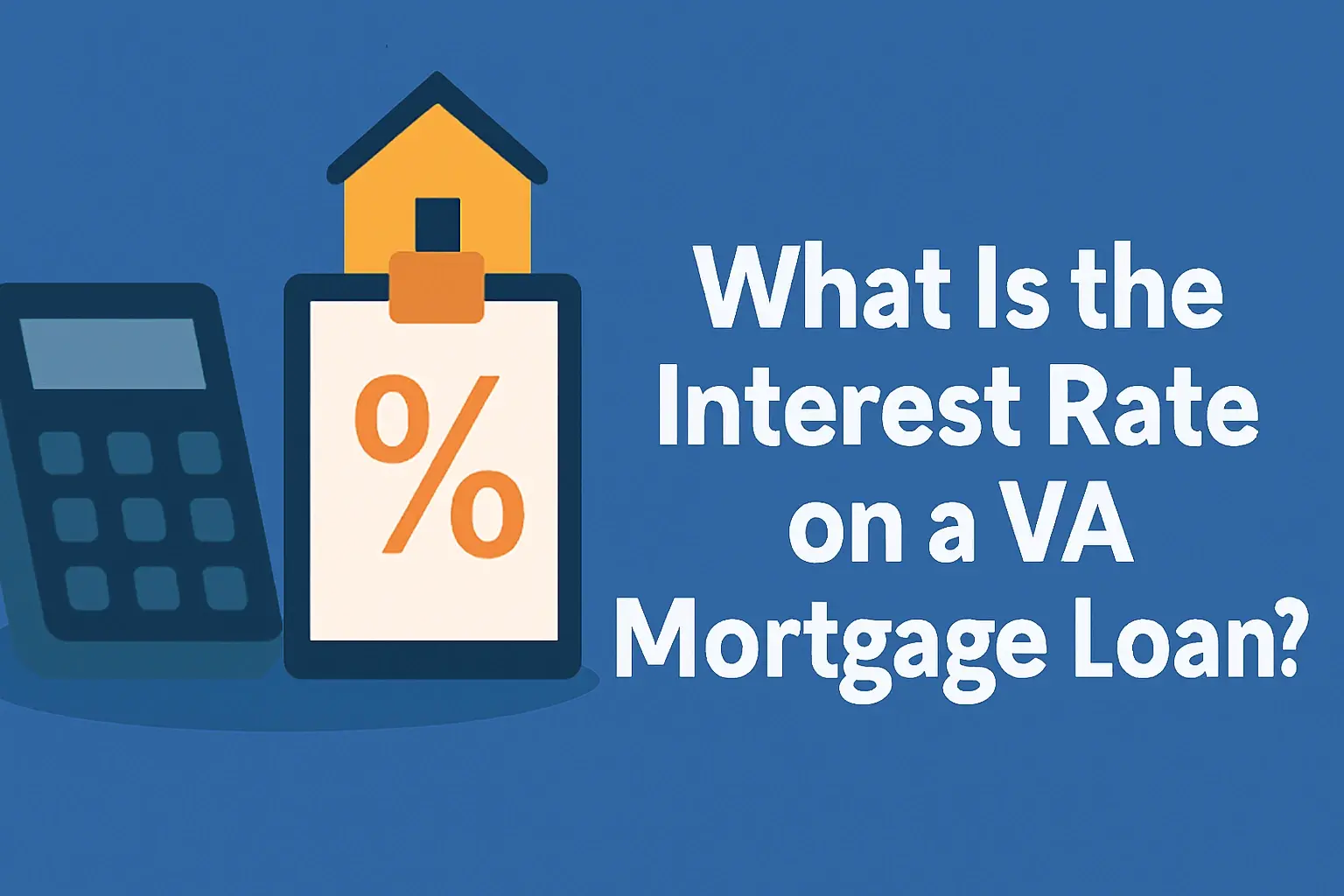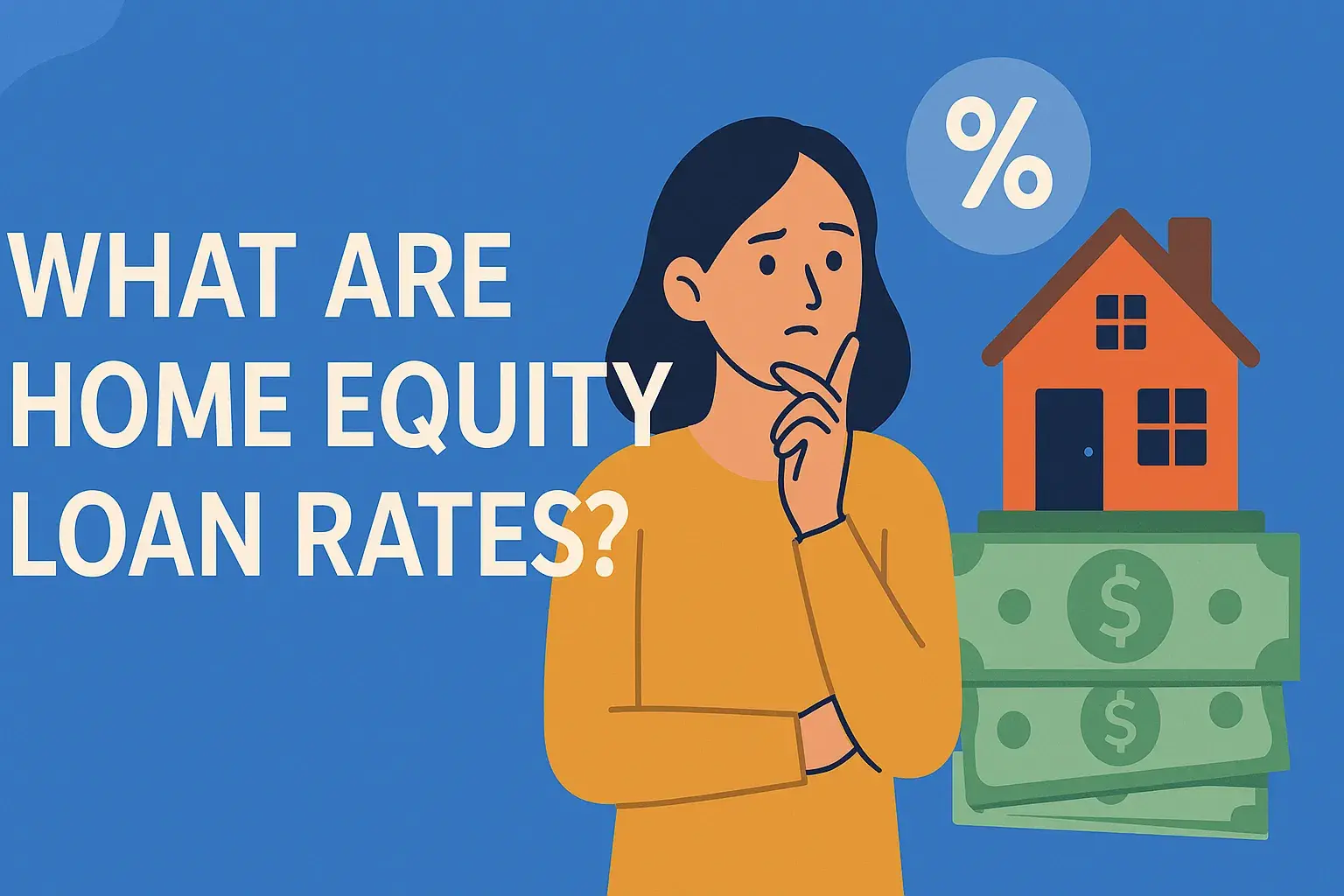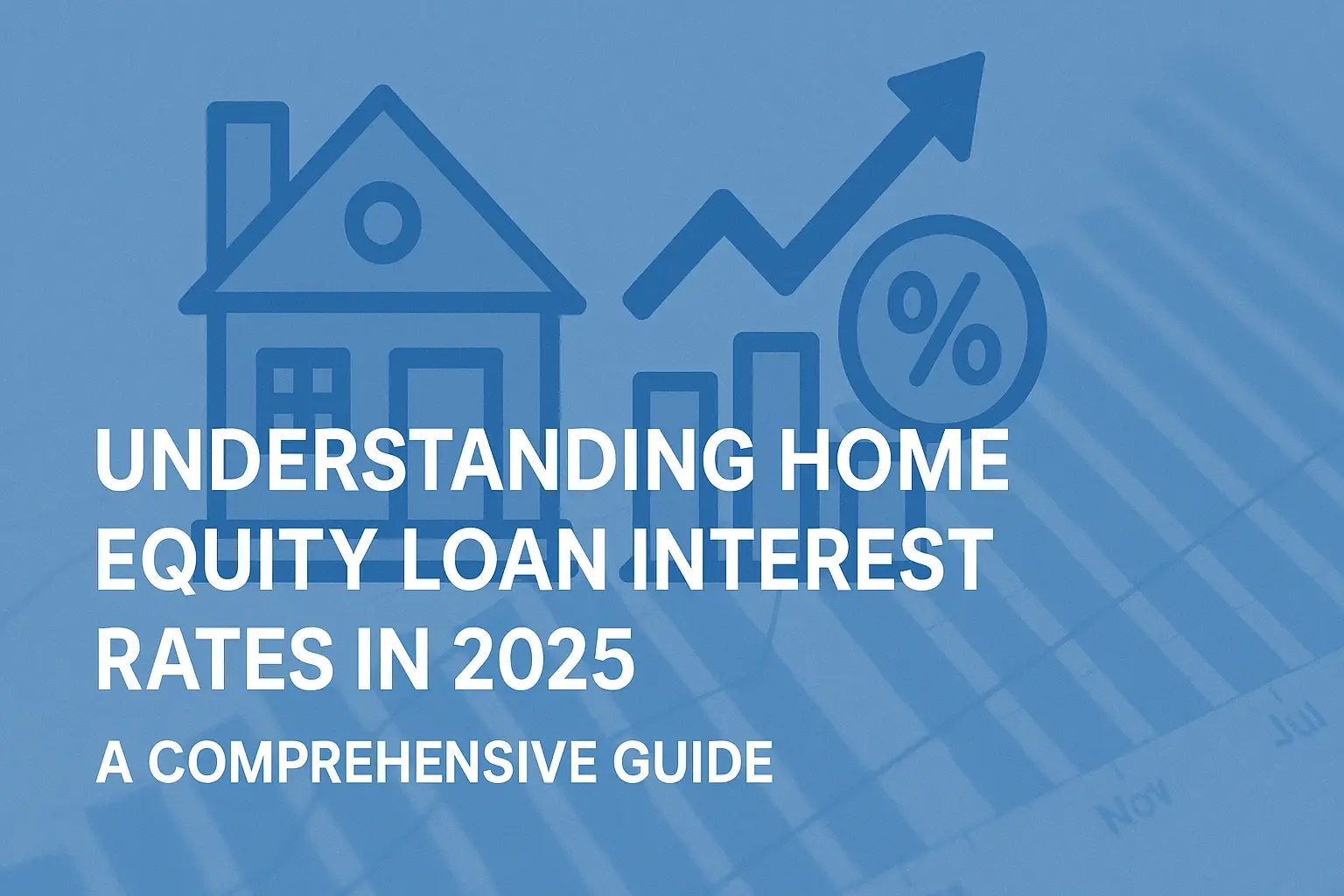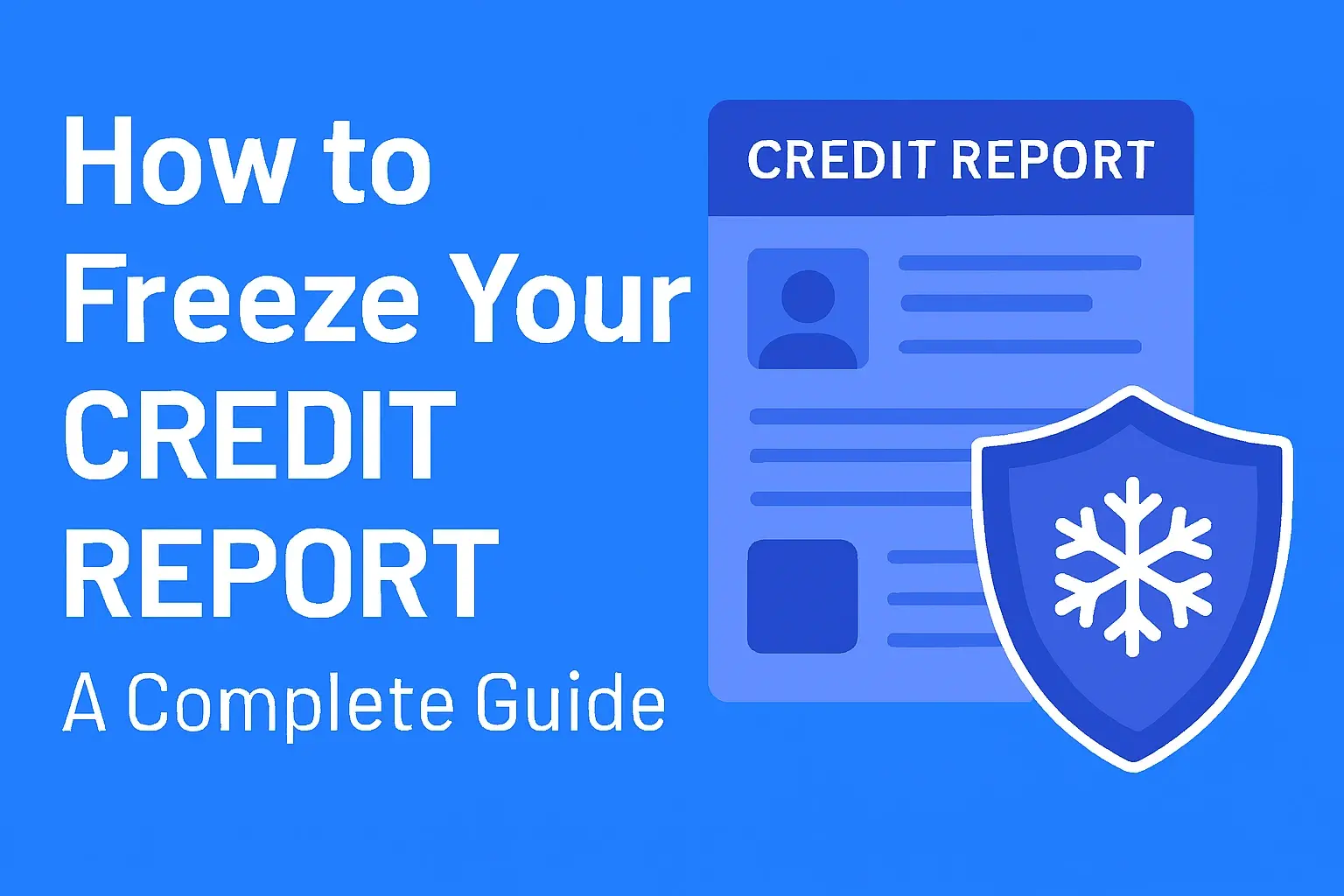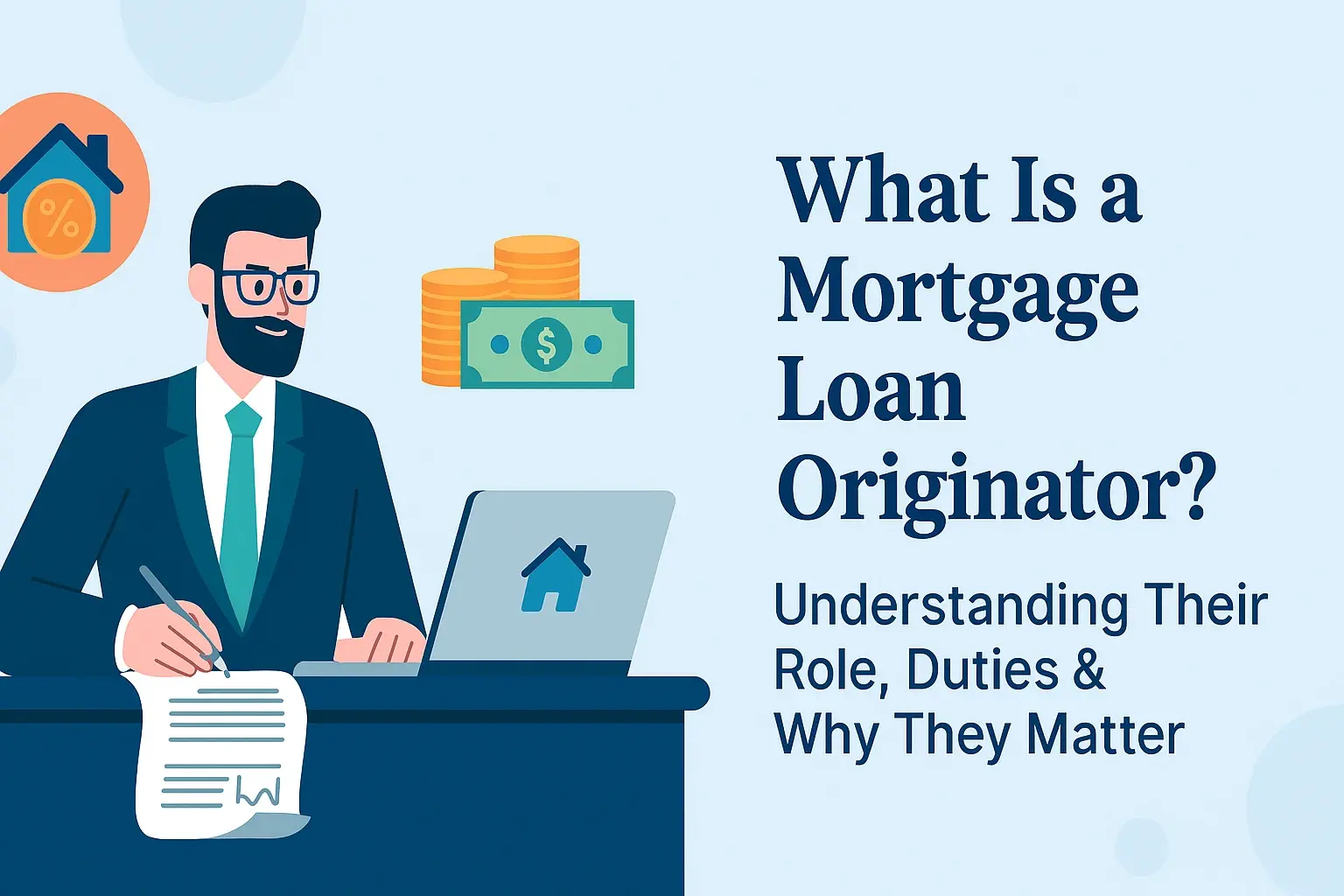-
Posted on: 23 Aug 2024

-
Buying a home is often the biggest financial decision of your life. Securing a home loan, or mortgage, is a crucial step in making that dream a reality. However, navigating the mortgage process can feel daunting. This comprehensive guide breaks down the key factors lenders consider when determining your eligibility for a home loan, empowering you to understand the requirements and prepare for a successful application.
Understanding the Key Factors Lenders Consider
Lenders evaluate various aspects of your financial profile to assess the risk of lending you money. These factors include your credit score, income, debt-to-income ratio (DTI), down payment, and employment history. Let's delve into each of these factors in detail.
Credit Score: Your Financial Report Card
Your credit score is a numerical representation of your creditworthiness, reflecting your history of borrowing and repaying money. Lenders use credit scores to gauge the likelihood that you will repay your loan on time. In general, a higher credit score translates to better loan terms, such as lower interest rates and fees.
What is a Good Credit Score for a Home Loan?
While specific requirements vary by lender and loan program, generally, a credit score of 740 or higher is considered excellent and will likely qualify you for the most favorable rates. Scores between 680 and 739 are considered good, and you should still be able to qualify for a loan, although the interest rate might be slightly higher. Scores between 620 and 679 are considered fair, and you may still be able to get approved, but expect higher interest rates and potentially stricter loan terms. Scores below 620 might make it difficult to qualify for a conventional mortgage, but you may have options through government-backed programs like FHA or VA loans (which have different credit score requirements).
How to Improve Your Credit Score:
- Pay your bills on time: This is the most important factor in your credit score.
- Keep credit card balances low: Aim to use less than 30% of your available credit.
- Don't open too many new credit accounts at once: Opening several accounts in a short period can lower your score.
- Check your credit report for errors: Dispute any inaccuracies you find. You can get a free copy of your credit report from each of the three major credit bureaus (Equifax, Experian, and TransUnion) annually at AnnualCreditReport.com.
- Become an authorized user on a responsible credit card holder's account: If you have limited credit history, this can help you build credit.
Income: Proving Your Ability to Repay
Lenders need to be confident that you have a stable and sufficient income to cover your mortgage payments, property taxes, homeowner's insurance, and other associated expenses. They will typically require documentation to verify your income, such as:
- Pay stubs: Typically, the most recent 30 days.
- W-2 forms: For the past two years.
- Tax returns: For the past two years, especially if you are self-employed.
- Bank statements: To verify your savings and assets.
- Other income documentation: This could include Social Security statements, pension statements, or alimony payments (if applicable).
What Income is Considered Stable?
Lenders prefer to see a consistent income history over the past two years. Frequent job changes or significant fluctuations in income can raise concerns. If you are self-employed, lenders will typically average your income over the past two years, and they may require more extensive documentation to verify your earnings.
Debt-to-Income Ratio (DTI): Balancing Debt and Income
Your debt-to-income ratio (DTI) is a percentage that represents the amount of your monthly gross income that goes towards paying off your debts. Lenders use DTI to assess your ability to manage your debt obligations. A lower DTI indicates that you have more income available to cover your housing costs, making you a less risky borrower.
How to Calculate Your DTI:
Divide your total monthly debt payments (including credit card payments, student loans, car loans, and other debts) by your gross monthly income (before taxes). Multiply the result by 100 to express it as a percentage.
Example:
If your total monthly debt payments are $1,500 and your gross monthly income is $5,000, your DTI is ($1,500 / $5,000) * 100 = 30%.
What is a Good DTI for a Home Loan?
Generally, lenders prefer a DTI of 43% or less. However, some loan programs may allow for higher DTIs, especially for borrowers with strong credit scores and significant down payments. A DTI below 36% is often considered ideal.
How to Lower Your DTI:
- Pay down debt: Focus on paying off your high-interest debts first.
- Increase your income: Explore options like taking on a part-time job or asking for a raise.
- Avoid taking on new debt: Refrain from opening new credit cards or taking out additional loans before applying for a mortgage.
Down Payment: Your Initial Investment
The down payment is the amount of money you pay upfront towards the purchase of your home. A larger down payment reduces the amount you need to borrow, lowering your monthly payments and potentially saving you money on interest over the life of the loan. It also demonstrates to the lender that you have a financial stake in the property.
Down Payment Requirements:
Down payment requirements vary depending on the loan program. Conventional loans typically require a down payment of at least 5%, and some lenders may require as much as 20%. However, some loan programs, such as FHA loans, allow for down payments as low as 3.5%. VA loans, available to eligible veterans and service members, often require no down payment.
Saving for a Down Payment:
- Create a budget: Track your income and expenses to identify areas where you can cut back and save more.
- Set up automatic transfers: Automate transfers from your checking account to a savings account dedicated to your down payment.
- Explore down payment assistance programs: Many states and local communities offer down payment assistance programs to help first-time homebuyers.
- Consider gifts from family members: Lenders may allow you to use gift funds from family members towards your down payment, but you will need to provide documentation of the gift.
Employment History: Showing Stability
Lenders prefer to see a stable employment history of at least two years. Frequent job changes or gaps in employment can raise concerns about your ability to repay the loan. If you have recently changed jobs, be prepared to explain the reason for the change and provide documentation of your new employment.
Self-Employment:
If you are self-employed, lenders will typically require more extensive documentation to verify your income, such as tax returns for the past two years and profit and loss statements. They may also look at your business bank statements to assess the financial health of your business.
The Home Loan Application Process: A Step-by-Step Guide
The home loan application process can seem complex, but understanding the steps involved can help you navigate it with confidence.
- Get Pre-Approved: Getting pre-approved for a mortgage is the first and most crucial step. Pre-approval involves a lender reviewing your financial information (credit score, income, assets, and debts) to determine how much you can borrow. This not only gives you a realistic budget but also strengthens your offer when you find a home. A pre-approval letter signals to sellers that you are a serious and qualified buyer.
- Find a Lender: Research different lenders, including banks, credit unions, and online mortgage companies, to find the best interest rates and loan terms. Compare their fees, customer service, and loan options. Consider getting quotes from multiple lenders to ensure you're getting the best deal.
- Complete the Application: Once you've chosen a lender, you'll need to complete a formal mortgage application. This will involve providing detailed information about your income, assets, debts, and employment history. The lender will also request documentation to verify this information.
- Loan Processing: After you submit your application, the lender will begin processing it. This involves verifying your information, ordering an appraisal of the property, and conducting a title search.
- Underwriting: The underwriter reviews all of the information gathered during the processing stage to determine whether to approve your loan. They will assess the risk of lending you money based on your credit score, income, DTI, and other factors.
- Loan Approval: If the underwriter approves your loan, you will receive a loan commitment letter outlining the terms of the loan, including the interest rate, loan amount, and repayment schedule.
- Closing: The closing is the final step in the home buying process. At the closing, you will sign the loan documents and pay any remaining closing costs. Once the documents are signed and the funds are disbursed, you will officially own the property.
Tips for a Smooth Home Loan Application
- Be organized: Gather all of your financial documents before you start the application process.
- Be honest: Provide accurate and truthful information on your application.
- Communicate with your lender: Respond promptly to any requests from your lender and ask questions if you are unsure about anything.
- Avoid making major financial changes: Avoid taking on new debt or making large purchases before applying for a mortgage.
- Work with a real estate agent: A real estate agent can guide you through the home buying process and help you find the right property.
Understanding Different Types of Home Loans
There are several types of home loans available, each with its own set of features and requirements. Understanding the different options can help you choose the loan that best fits your needs and financial situation.
- Conventional Loans: These are mortgages that are not insured or guaranteed by the government. They typically require a higher credit score and a larger down payment than government-backed loans.
- FHA Loans: These loans are insured by the Federal Housing Administration (FHA). They are popular among first-time homebuyers because they have lower credit score requirements and down payment options.
- VA Loans: These loans are guaranteed by the Department of Veterans Affairs (VA) and are available to eligible veterans, service members, and surviving spouses. They often require no down payment and have competitive interest rates.
- USDA Loans: These loans are offered by the U.S. Department of Agriculture (USDA) and are available to eligible homebuyers in rural areas. They are designed to promote homeownership in rural communities.
- Adjustable-Rate Mortgages (ARMs): These mortgages have an interest rate that adjusts periodically based on a benchmark interest rate. They may start with a lower interest rate than fixed-rate mortgages, but the rate can increase over time.
- Fixed-Rate Mortgages: These mortgages have an interest rate that remains the same for the entire loan term. This provides stability and predictability in your monthly payments.


